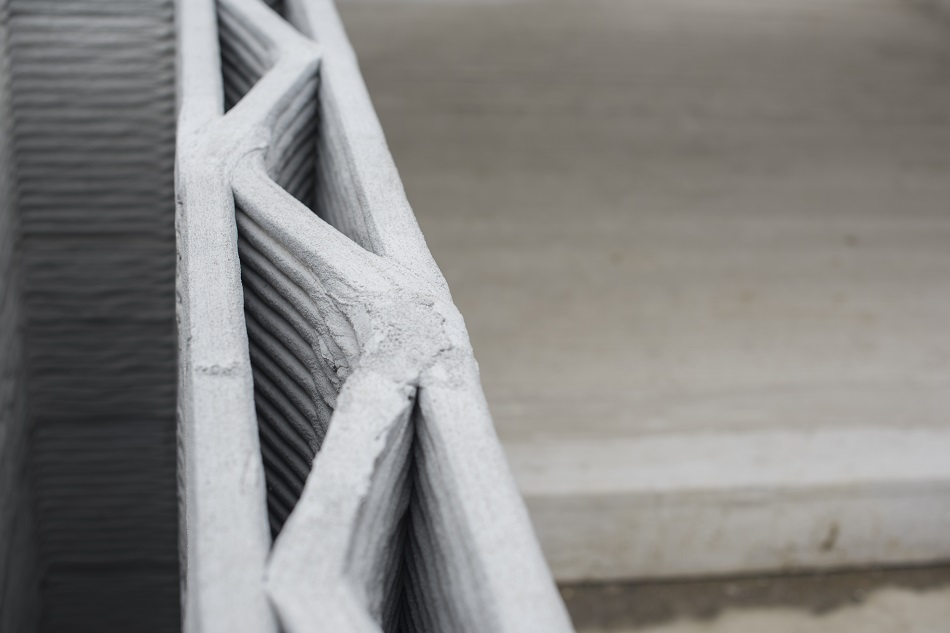
Image Credit: Matjazz/Shutterstock.com
Recent reports have highlighted that 3D printing in the construction market is experiencing rapid growth. Valued at $3 million this year, it is expected to grow at an impressive CAGR of 245.9% from 2019 to 2024 reaching a value of around $1.6 billion by 2024. Currently, concrete construction accounts for the largest portion of this market, both in volume and value.
While 3D printing is still a relatively new technology, the construction industry’s major players are already recognizing its benefits and adding it to their operations. Companies are gaining a competitive edge and preparing their companies for the face of the future of construction through adopting 3D printing techniques. Benefits such as mass customization, enhanced architectural flexibility, and reduced risks to workers are some of the major drivers of adoption. While it’s still in its infancy, there are already several established scientific processes that have become commonplace in this sector.
Scientific Processes Used in 3D Printing in Construction
1. Robotic Arm Extruders
Special quick setting concrete is used with robotic arms that direct the location of application of the material, building the desired product layer-by-layer, resulting in a 3D component with a smooth finish. Strength of the finished product is ensured through the use of trowels during the printing process which work to flatten the extruded layers. WinSun Decoration Engineering Co. recently completed such a project in China, mixing concrete and glass fibers together to be used as a 3D printing substance.
There are some examples of this kind of 3D printing technology being used to complete entire construction projects on site. Large machines equipped with robotic arms have previously printed entire 3D structures, which were subsequently assembled on site.
2. Printing Layers of Sand
A type of 3D printed machine has been designed that binds together layers of sand in order to create large structures. Enrico Dini, an Italian architect recently developed the ‘D-Shape’ 3D printer. The machine works by depositing sand in the shape and thickness that is required for the finished product, following this the printing head adds a binder to harden the sand creating a solid structure. This innovative machine can create structures as large as 6 cubic meters.
3. Metal for Solid Structures
Another advancement in 3D printing technology for construction comes in the form of WAAM (Wire Arc Additive Manufacturing) created by MX3D, a company based in the Netherlands. The technology has the capability to 3D print metal structures using a 6-axis robot. Using a combination of a welder and a nozzle, which welds together metal rods layer by layer, resulting in a finished product of a solid metal structure. Stainless steel, bronze, aluminium, and Inconel are all metals that are compatible with the machine, which are also metals commonly used by the construction industry.
The Future of 3D Printing in Construction
Recent years have seen large construction projects adopting 3D printing technology to create impressive structures. For example, the Royal BAM Group alongside the Eindhoven University of Technology created a 3D printed bridge made out of concrete for cyclists. Further to this, 3D printed houses have been central to several large housing projects around the world including that undertaken by Bouygues Construction in Lille, France.
With the increasing adoption of new technologies in 3D printing for the construction industry, we can expect to see the evolution of new technologies continue as it responds to the changing needs of the industry. In the near future we are likely to see more applications of the technology emerge.
Sources and Further Reading
Disclaimer: The views expressed here are those of the author expressed in their private capacity and do not necessarily represent the views of AZoM.com Limited T/A AZoNetwork the owner and operator of this website. This disclaimer forms part of the Terms and conditions of use of this website.